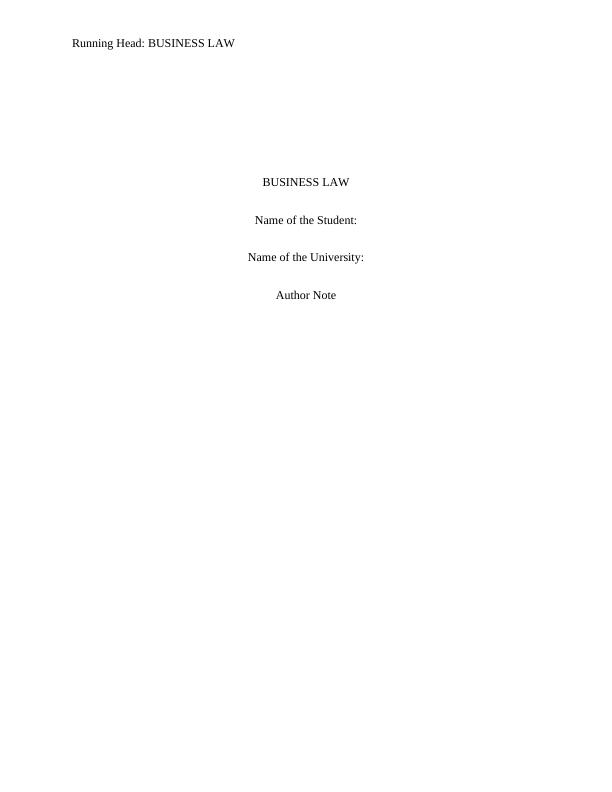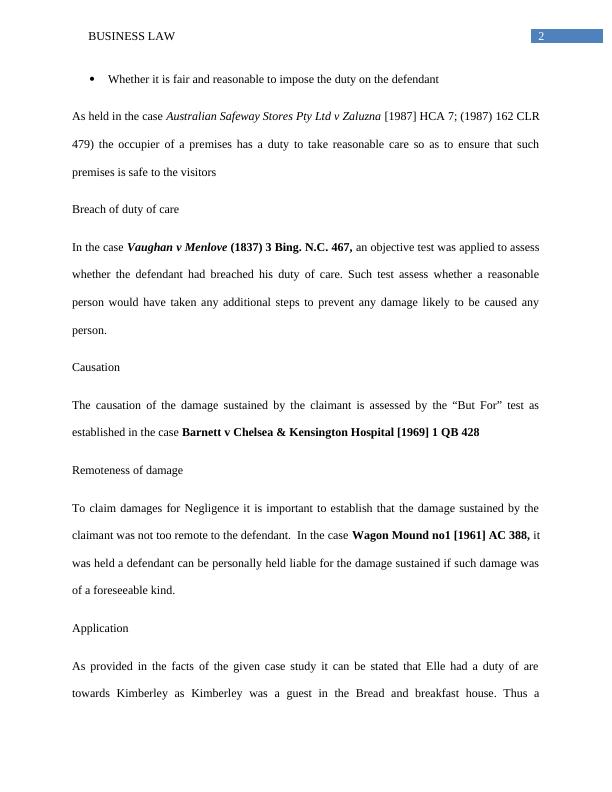Business Law: Negligence and Recovery of Economic Loss
Added on 2023-06-12
6 Pages1050 Words191 Views
End of preview
Want to access all the pages? Upload your documents or become a member.
Understanding Negligence and Pure Economic Loss in Enterprise Law
|8
|1818
|493
Business Law: Negligence and Ethical Decision Making
|12
|2896
|243
COMMERCIAL LAW 10 Running Head: Commercial Law
|12
|2918
|71
Tort Law: Duty of Care and Negligence
|9
|1989
|98
Negligence and Pure Economic Loss in Construction: A Case Study Analysis
|10
|2398
|112
Commercial Law Issues - Assignment
|13
|2932
|18



